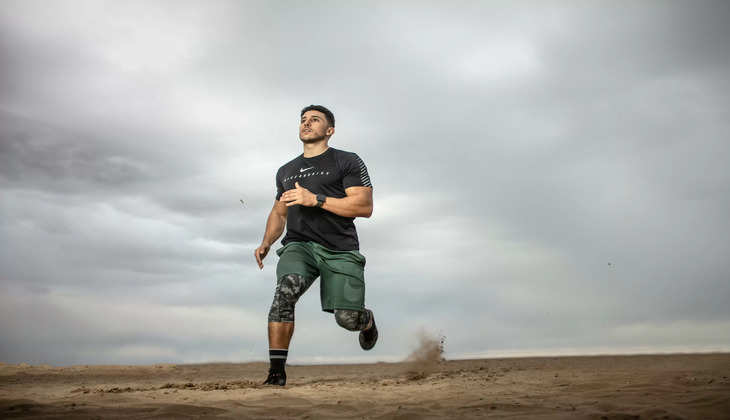Fitness Criteria For Hockey Player

Fitness is crucial for hockey players as the sport demands a combination of strength, speed, endurance, agility, and flexibility. Here are some key fitness criteria for hockey players:
-
Cardiovascular Endurance: Hockey is a fast-paced game that requires players to continuously skate up and down the rink for extended periods. Good cardiovascular endurance ensures players can sustain high-intensity activity throughout the game without tiring quickly.
-
Muscular Strength and Power: Hockey players need strong muscles, particularly in the legs, core, and upper body, to perform actions such as skating, shooting, passing, and checking. Developing muscular strength and power enhances speed, acceleration, and overall performance on the ice.
-
Speed and Agility: Quick bursts of speed and rapid changes in direction are essential in hockey. Players must be able to accelerate quickly, maneuver around opponents, and react swiftly to changes in play. Agility drills and speed training help improve these skills.
-
Balance and Coordination: Maintaining balance on skates while controlling the puck and engaging in physical play requires excellent coordination and balance. Balance exercises and drills specific to skating can help hockey players improve their stability and coordination on the ice.
-
Flexibility and Mobility: Flexibility is vital for hockey players to perform movements with a full range of motion, reduce the risk of injuries, and recover more quickly. Stretching routines and mobility exercises can improve flexibility in key muscle groups used during hockey.
-
Anaerobic Capacity: Hockey involves short bursts of intense activity followed by brief periods of rest or lower intensity. Developing anaerobic capacity helps players perform during these high-intensity intervals, such as sprinting, shooting, and engaging in physical battles along the boards.
-
Agility and Reaction Time: Hockey is a dynamic sport that requires players to react quickly to changing situations, anticipate plays, and make split-second decisions. Agility drills, reaction training, and cognitive exercises can improve players' ability to think and move rapidly on the ice.
-
Core Stability: A strong and stable core is essential for maintaining balance, generating power, and protecting against injuries in hockey. Core exercises targeting the abdominal, oblique, and lower back muscles can improve overall stability and strength.
-
Endurance and Recovery: Hockey players need to be able to recover quickly between shifts and games to maintain optimal performance throughout the season. Proper nutrition, hydration, rest, and recovery strategies are essential for supporting endurance and minimizing fatigue.
-
Mental Toughness and Focus: Hockey is as much a mental game as it is physical. Players must be mentally tough, resilient, and able to stay focused under pressure, especially during critical moments of the game.
By incorporating a well-rounded training program that addresses these fitness criteria, hockey players can improve their performance on the ice, reduce the risk of injuries, and enhance their overall athletic abilities.
